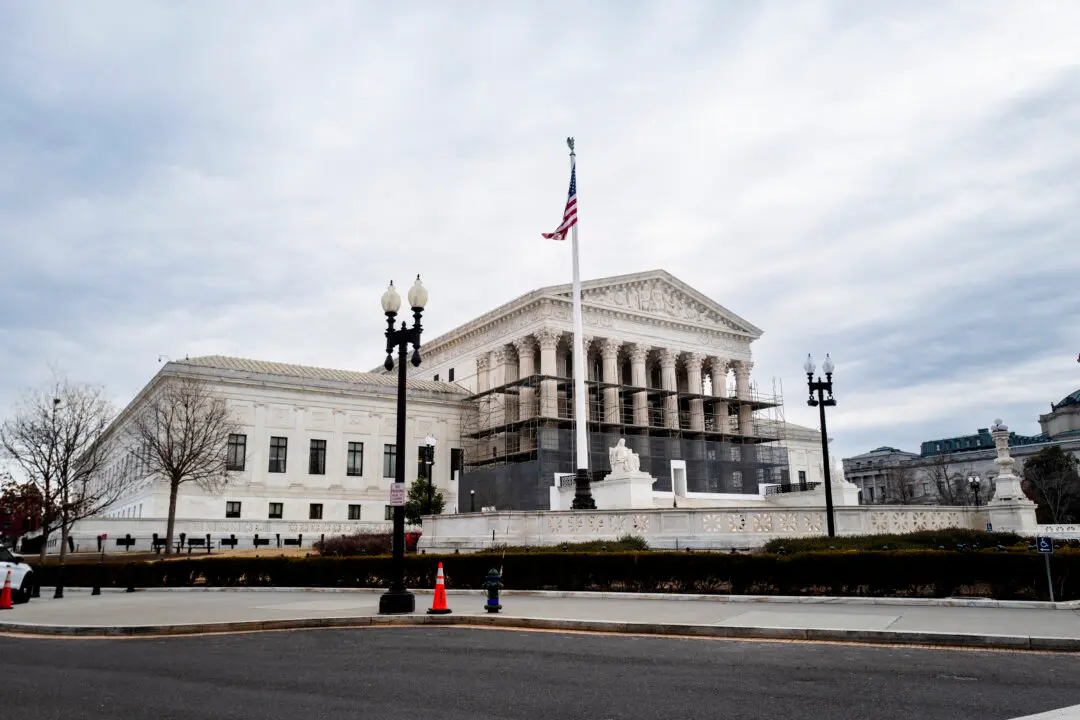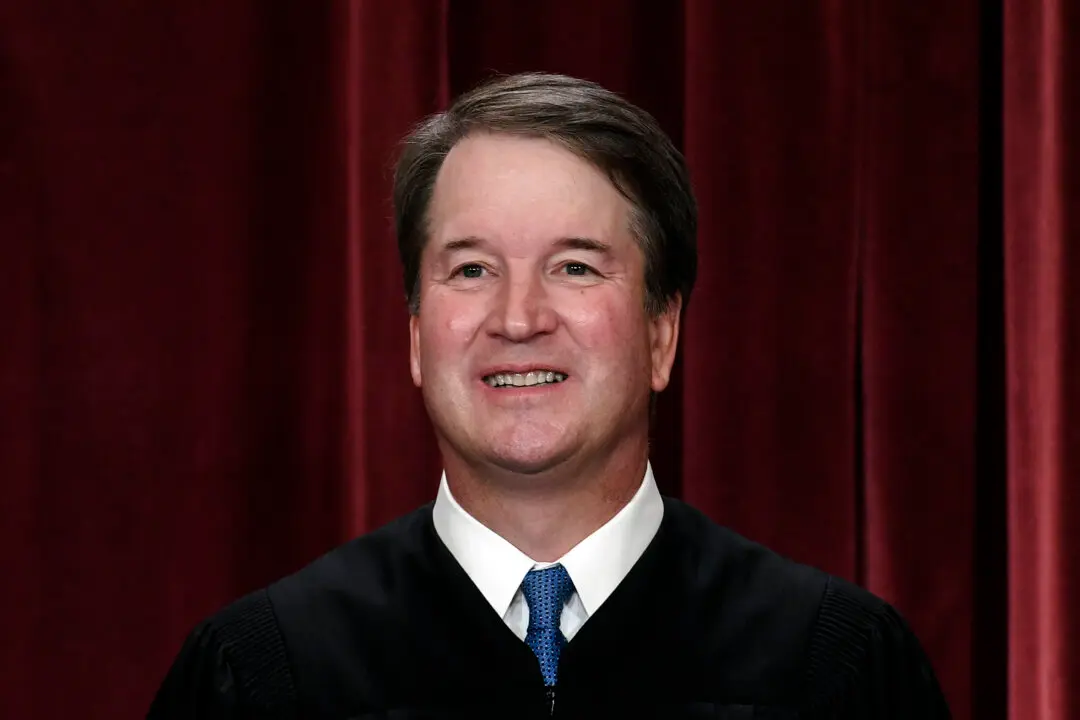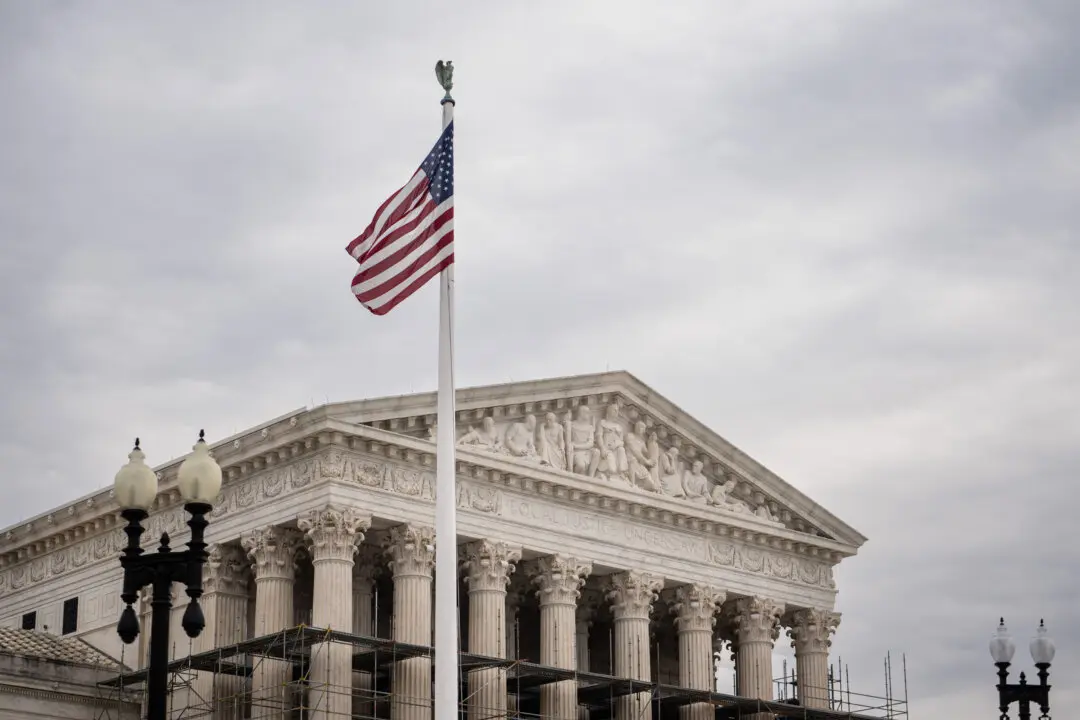Legal experts say there is a good chance that the Supreme Court will rule in favor of Republican-led states and the energy industry and will put the U.S. Environmental Protection Agency’s (EPA’s) “good neighbor” rule on hold. The rule aims to crack down on states whose industries are blamed for contributing to smog.
The states say the regulation could lead to blackouts, while the EPA says it’s urgently needed to fight air pollution. The states and various companies also say the EPA’s plan is an illegal overreach that undermines the principles of the federal Clean Air Act, which allows states leeway to propose their own air pollution control measures.




